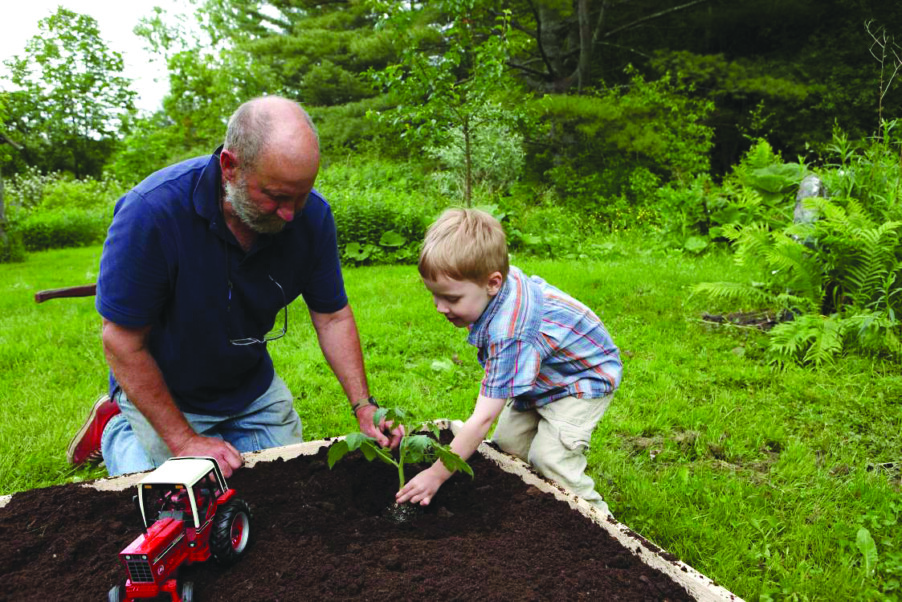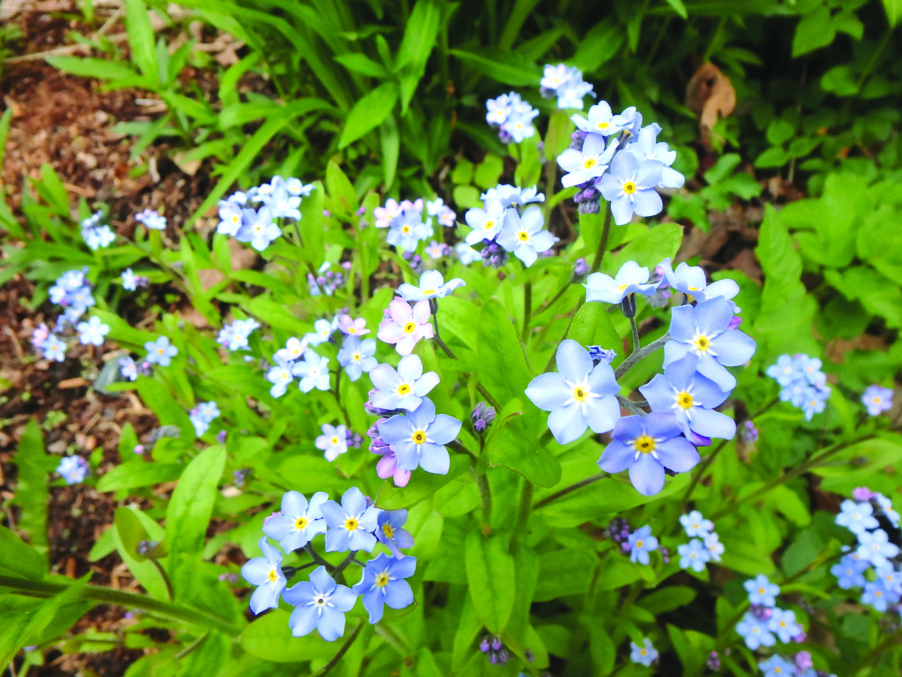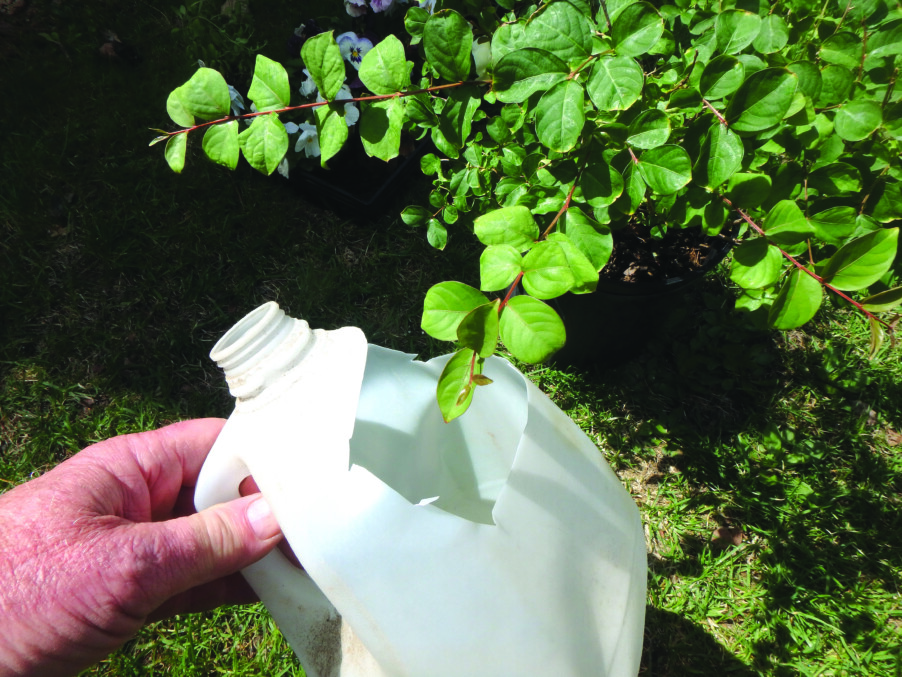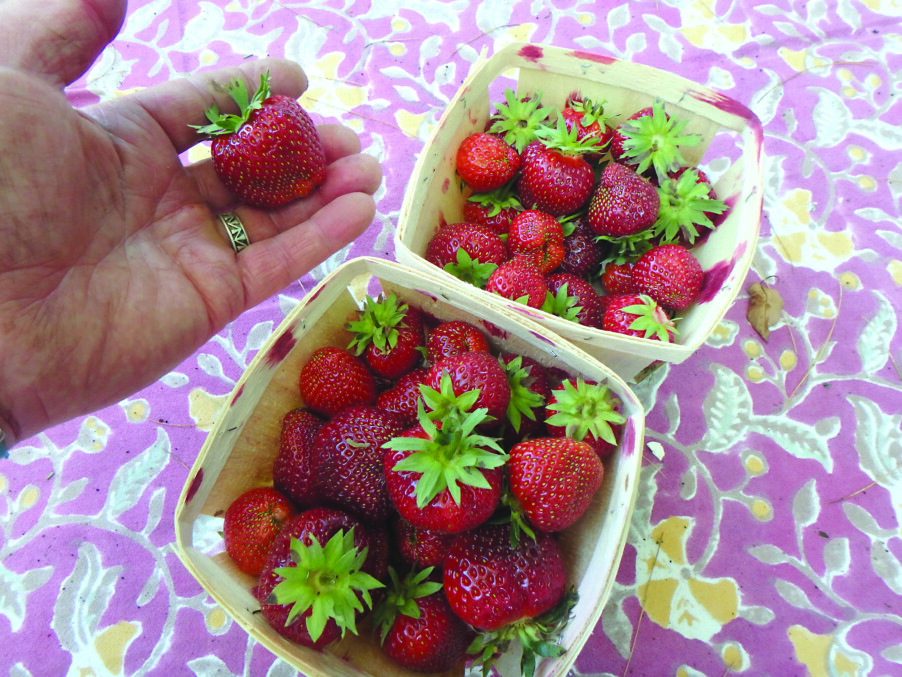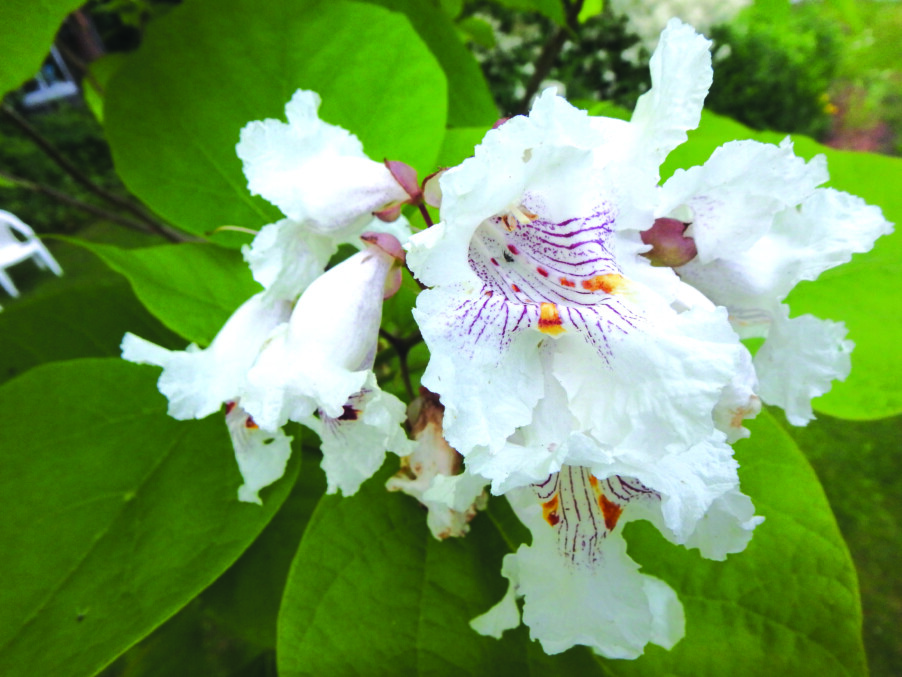What to do when you have a Code Red
When you face a flower bed and can’t immediately tell what’s a weed and what’s a flower, you have a situation my wife, Cindy Heath, calls Code Red. It happens to the best of us at times, myself included. So what does a gardener do?
Cindy likes to begin a weeding project by edging the bed. She has a pair of wooden pegs 12 inches long that anchor a 50-foot piece of twine. She unwinds the twine and stretches it between the two pegs when edging a straight bed. Curved beds have to be edged by eye.
The edging tool Cindy uses is a half moon-shape on a long handle. She pushes it into the earth with a foot, then tips the handle back to create a little moat when she removes the soil and grasses. Edging discourages lawn grass from creeping into the bed.
Next, she said, find the flowers. At this time of year weeds and rambunctious spreaders like forget-me-nots may be taller than some of your perennials. Get close, and paw through the foliage. Pull a few weeds around your perennials so that you can see them, and so that you will avoid stepping on them or inadvertently pulling them.
If you pull a “weed” you don’t recognize but see that there is potting soil in the roots, you know you just pulled a flower you bought. Oops. Get it right back in the soil. If you have an inexperienced gardener helping you, you could flag the plants with bright orange surveyor’s tape.
Cindy said she likes knee pads because she likes to weed on her hands and knees. I personally find them hot and uncomfortable, but you may wish to try some. Me? I like something to kneel on, a foam cushion, or such.
In this season, Cindy says bug spray and a good hat are essential — black flies can be real pests, reducing your willingness to continue. Some gardeners like beekeeper hats to keep black flies off their faces, but I don’t. I spray the top of my hat, which does a pretty good job of repelling biting bugs without getting repellent on my face.
A good hand tool is essential for loosening the soil and teasing out roots. I think I have tried every weeding tool made, and I like the CobraHead weeder best. It is like a steel finger: a single curved tine with a sharp, widened tip. Made in the U.S.A. and with a blue handle made from recycled plastic, it never seems to get dull and lasts forever.
If I have a large clump of grass to remove, I loosen the soil around it, then push the tool into the soil; the curve of the tool allows the blade to get under the clump. Then, pulling from above with one hand and below with my weeder, I can pull the clump right out. It is great for loosening tree roots that have invaded a bed, too.
When should you weed? Whenever you have the time and inclination. I recommend doing a little weeding every day. Sort of like brushing your teeth or washing your coffee cup. Just make it a habit so the weeds don’t get ahead of you.
Clay soils are heavy and sticky when wet, and much like concrete when dry. If you have them, work when they are moist but not soggy. If dry, water moderately with your hose. Keep a bucket of compost with you and mix it in as you go along. Compost will lighten the soil, making it easier to weed or to plant things to fill in the spaces where the weeds were.
Sandy soils can be weeded any time, but I recommend adding compost as you go along. Nice loam is what we all want, and even that can benefit from some compost. I buy a 3-yard dump truck load once a year and it has helped my soil become close to perfect.
But back to Code Red. If you have weeds that spread by root, things like goutweed or witch grass, you may need to “bareroot” the flowers that have been invaded. That means digging up a clump of flowers and washing all the soil off so that you can identify and separate the weed roots from the roots of your perennial flowers. Then replant.
Learn to recognize the roots of your garden flowers. Many invasive weeds have long, whitish roots with nodes along them and can send up new leaves from any of those nodes.
Lastly, after weeding it is advisable to either mulch your bed or install a ground cover that will shade out any weeds that try to establish themselves. If you grow your flowers close enough together, weeding will become a minor chore.
It does take time to establish most ground covers, so you may wish to plant some annual flowers in the spaces between your peonies or phlox. Buy six-packs of common annuals like snapdragons, cosmos and zinnias at your local garden center. Plant them 6 to 8 inches apart, stand back, and let them grow! They will delight you with blossoms for much of the summer and into the fall.
Featured photo: An edging tool helps create clean lines. Photo courtesy of Henry Homeyer.


